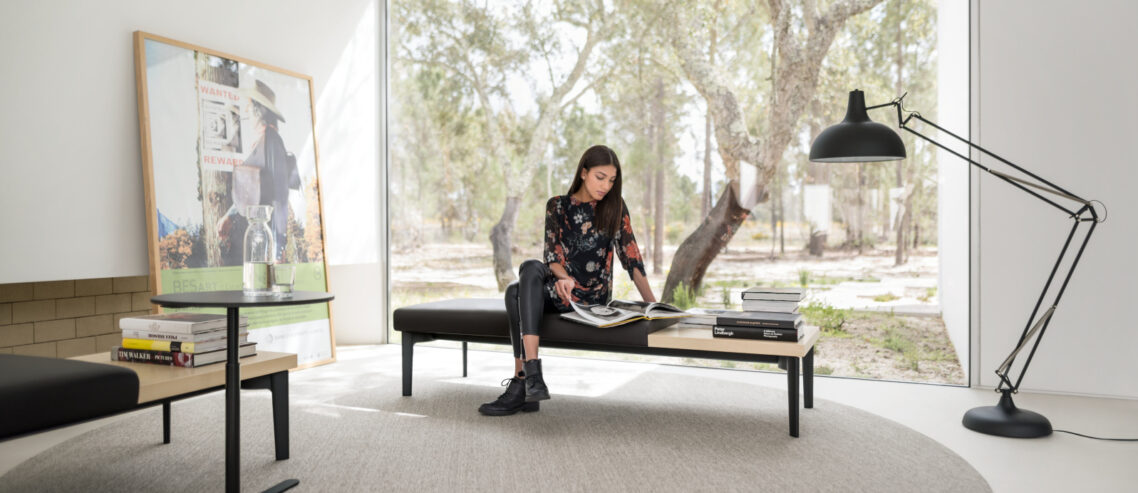The importance of indoor air quality at work
One of the unintended consequences of the pandemic has been to focus attention on the issue of indoor air quality. But as Sarah Zhang points out in a recent piece in The Atlantic, this is an issue that we have long understood, and not just as a way to reduce the risks of infection. It is essential for our well-being.
As she also points out, our awareness of the issue predates not only COVID-19 but also the germ theory of disease itself. “The Greek physician Hippocrates warned in the fifth century B.C. that bad air was the cause of pestilence,” she writes. “People in the Middle Ages believed some version of this too. The word miasma, which dates to the 17th century, comes from the ancient Greek for pollution. In the 19th century, the fear of outbreaks fueled new sanitation campaigns to rid cities of miasma.”
Health Risks of Air Pollutants in the Workplace
Our awareness of the need for high levels of indoor air quality in the office also predates the pandemic. One of the most influential pieces of research into productivity in the office is Productivity in buildings: The ‘killer’ variables which sets out the most important factors needed in buildings to improve people’s productivity and wellbeing. Its results have been reproduced in numerous other studies and it’s interesting that two of the killer variables – comfort and ventilation – relate directly to air quality, although this is one of the most overlooked factors in creating healthy and productive office environments. The typical symptoms of poor air quality in the workplace typically include headaches, tiredness, difficulty concentrating, dry skin, sore eyes and a blocked or runny nose. A 2011 study set out some of the benefits of addressing air quality in the workplace. It found that people are 1 percent more productive for every ten percent increase in their levels of satisfaction with air quality and improving air quality typically reduces absenteeism by 10 percent. One percent may not seem much but The World Green Building Council states in its 2016 report ‘Building the Business Case: Health, Wellbeing and Productivity in Green Offices’, that employees account for 90 percent of a company’s operating costs. Just a 1 percent improvement will therefore have a significant impact on the bottom line. But this clear business case is frequently overlooked because often its invisible according to Cath Noakes, a professor at the University of Leeds’ School of Civil Engineering who said in this BBC report that “outdoors, when very polluted, you can see and taste and smell it. But indoors, you often can’t detect what’s there. When people can’t see something, they dismiss it.”Furniture Makers and Air Quality
Air quality at work is both essential for wellbeing and productivity and a legal right. Business owners have an obligation to ensure that workplaces have effective ventilation and a sufficient quantity of fresh or purified air, as specified in Section 6 of the UK’s 1992 Workplace Health, Safety and Welfare Regulations. Section 30 of the Health and Safety Executive’s General Ventilation Guidance for Employers defines the health risks associated with air pollutant exposure in the workplace, stating: ‘Employees … are exposed to contaminants arising from many sources including carpets, furniture, cleaning products, heaters, photocopiers, the building itself, the ventilation ducting and from the outside environment’. Although not the only source of volatile organic compounds in offices, it’s essential that furniture makers pay close attention to the design and manufacture of products to ensure an optimal level of air quality by reducing the use of compounds that might affect it adversely.Sedus – At the Forefront of Office Design
As one of the world’s leading innovators in office design, it’s not surprising that Sedus is at the forefront of addressing these issues and so contributes significantly to meeting the needs of clients and exceeding the relevant demands of legislation and LEED, BREEAM, Well Building and a range of other accreditations. Furthermore, this approach not only sets Sedus out from the field, but also demonstrates a wider commitment to providing offices that address a range of productivity and wellbeing issues. Crucially, these issues invariably go hand in hand with sophisticated and enlightened approaches to environmental performance.Click to rate this post!
[Total: 1 Average: 5]
